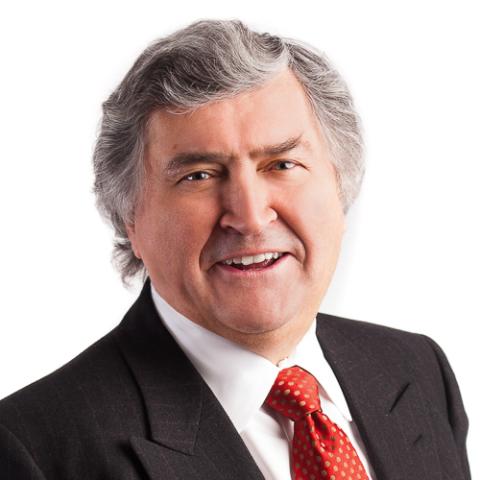When Robert Aaron Long was arrested for killing six Asian women and two others in attacks at three Atlanta-area spas on March 16, there was immediate widespread, and wild, speculation about his motives. Given our current narratives in contemporary America this has usually meant speculation about deep racial motives, in this case possibly a White man’s anti-Asian hate crime.
We need to be cautious about drawing conclusions this early since many additional facts often appear over the course of an investigation, and of course, Long has not been convicted yet, but so far there seems to be little indication that he was in fact driven primarily by racial malice. He has said himself that he did not act out of racial motives, and while we should treat such statements skeptically, racial killers usually do proclaim their intentions, often because they want to make a political point.
Long has said that he is a sex addict, and he appears to be racked with guilt over this, had sought treatment for it, and had recently been ejected from his family home over it. He seems to have visited the spas that he later attacked, which USA Today suggests may have been illicit massage parlors, and had probably engaged in sex acts there or elsewhere.
Hence, until now, available evidence suggests that Long’s motives are connected primarily to overwhelming sexual guilt and shame and that he projected this in rage and violence onto his hapless victims, treating them as the source of his temptation rather than the object of his lust. There is little or no evidence of racial animus.
Despite this, as Andrew Sullivan points out, the New York Times, while writing one piece that actually covered these known facts, ran:
“nine — nine! — separate stories about the incident as part of the narrative that this was an anti-Asian hate crime, fueled by White supremacy and/or misogyny. Not to be outdone, the WaPo ran sixteen separate stories on the incident as an anti-Asian white supremacist hate crime. Sixteen! One story for the facts; sixteen stories on how critical race theory would interpret the event regardless of the facts.”
The pre-arranged storyline dictates what will be covered and how.
The following week, on March 22, when 10 people were shot to death at a supermarket in Boulder, Co., many in the media and in the punditocracy generally seemed poised to slot this new carnage into a similar racial narrative. However, the man arrested, Ahmad Al Aliwi Alissa, was of Muslim background, his family had come from Syria, and his victims were mainly White, which certainly complicated any racial narrative. In this case, the response was, thankfully, somewhat different from the Atlanta killings and was nuanced, with few knee-jerk suggestions of terrorism.
Alissa reportedly thought that “Islamophobes” were hacking his phone, but since he thought many others were also hacking his phone, as well as his computer, this is a very weak religion-related angle, and there have been no notable attempts to portray this as Islam-related. Other preliminary reports indicate that Alissa was prone to rage, was anti-social, paranoid and perhaps suffering from other mental illness.
The two different responses to these gruesome slayings are striking and troubling—one leaping to unsupported conclusions fitting contemporary preoccupations on race, the other tempered by striving to understand the complexity of human motivation. Apart from revealing frequent media tunnel vision, they also expose our often-cartoonish view of what drives human beings to violence.
This is exemplified in the modern usage of the term “hate,” as in “hate crimes” or “motivated by hate.” But, if there are hate crimes, then there are also lust crimes, envy crimes, and greed crimes, but we seldom refer to these, nor prescribe particular extra penalties for them, though the notion of honor killings may perhaps be resonant of pride crimes.
The word “hate” itself is now reduced to a crude verbal club, as though people suddenly get out of bed and decide to hate others. But people are complex creatures. While modern psychology has its defects and distortions, it does at least teach us something of the complexity of human motivations and drives. We may be driven by hate, by anger and greed, and also by fear, insecurity, guilt, shame, jealousy and envy. Murderers, including mass murderers, may be driven by any of these and often by a combination of them. Sometimes their motives may be impossible to fathom.
If we want at least partially to understand these mass shootings and take steps to stop or, at least, lessen them, then we need to stop treating their protagonists and victims as symbolic stick figures in some crude fore-ordained morality play.
Read in Religion Unplugged

















